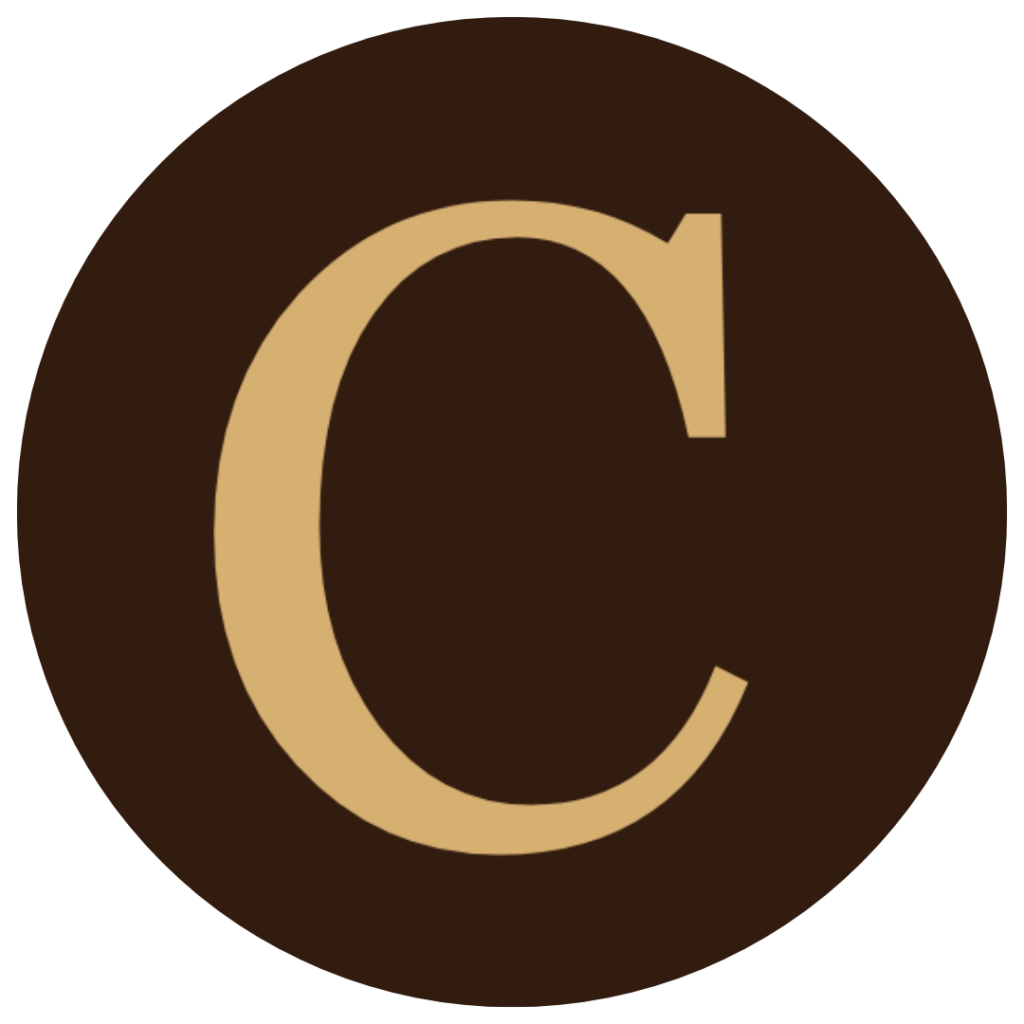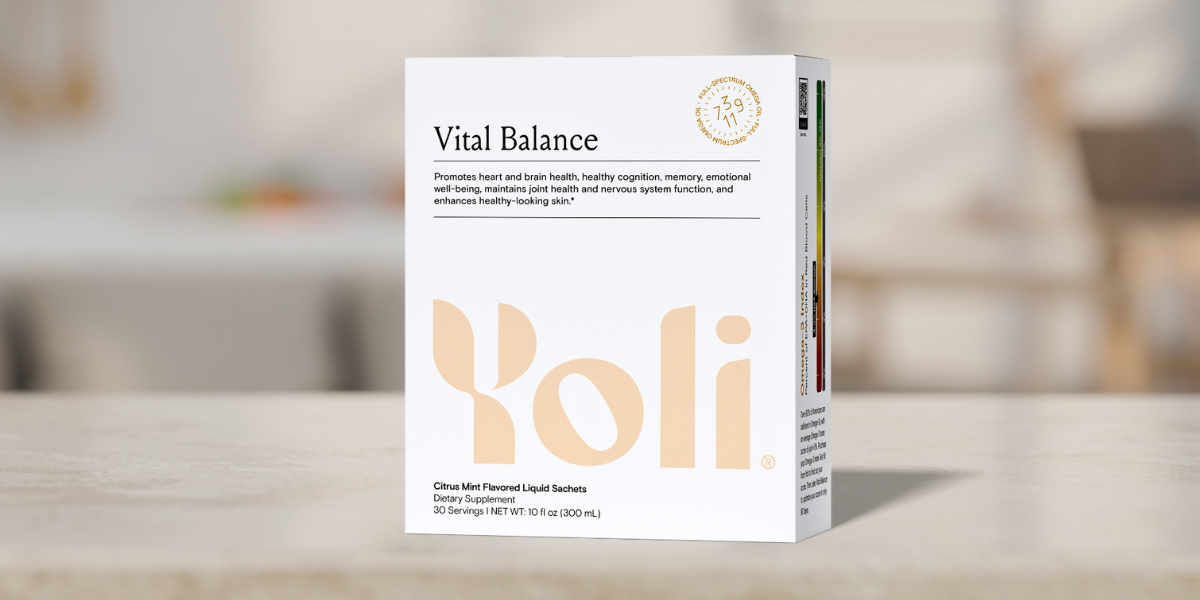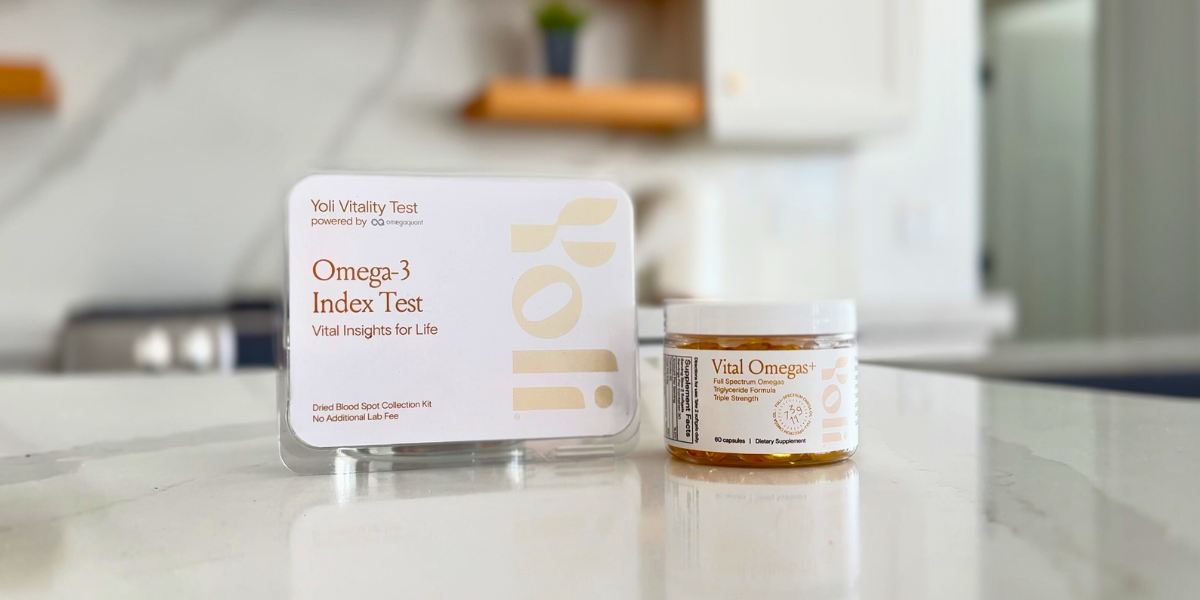Sputtering is a widely used technique for thin film deposition in various industries, including semiconductors, optics, and materials science. What does sputtering mean? In this process, atoms are ejected from a solid target material due to bombardment by energetic ions, which are typically produced from an inert gas like argon. These ejected atoms travel through a vacuum chamber and condense onto a substrate, forming a thin film. The technique is considered useful for creating high-quality thin films with precise properties, and it has applications in various industries where coating materials may need to exhibit specific characteristics such as conductivity, reflectivity, or hardness.
Basic Principles of Sputtering
The sputtering process begins with the creation of a plasma. A gas, usually argon, is ionized using a power source. The positively charged ions in the plasma are accelerated towards the target material, causing atoms to be ejected from the target. These dislodged atoms then travel through the vacuum sputtering chamber and deposit onto a substrate, forming a thin layer. The effectiveness of sputtering largely relies on the controlled generation of plasma and the acceleration of ions to bombard the target material, which may help ensure the deposition of high-quality films with precise characteristics.
Types of Sputtering Techniques
DC Sputtering
DC (Direct Current) sputtering uses direct current to create a plasma, with ions bombarding the target material. This method is generally most effective for conductive materials.
Applications: Metals like aluminum, copper, and gold.
Advantages: Simple, cost-effective, and low maintenance.
Limitations: It may not be suitable for insulating materials, as charge buildup can occur on the target.
RF Sputtering
RF (Radio Frequency) sputtering uses high-frequency radio waves to generate the plasma. This method is often more ideal for insulating materials as it overcomes the charge buildup that can occur with DC sputtering.
Applications: Non-conductive materials such as ceramics, oxides, and polymers.
Advantages: Suitable for insulating materials.
Limitations: More complex and expensive than DC sputtering, requiring sophisticated equipment.
Magnetron Sputtering
Magnetron sputtering incorporates magnetic fields to enhance plasma density near the target, which results in higher deposition rates and potentially better film quality. This technique is frequently used in industrial applications.
Applications: Semiconductor manufacturing, solar cells, and decorative coatings.
Advantages: Higher deposition rates and better film quality.
Limitations: Requires precise control and sophisticated equipment.
Reactive Sputtering
Reactive sputtering introduces reactive gases like oxygen, nitrogen, or carbon into the sputtering chamber. These gases react with the sputtered atoms to form compound films, such as oxides, nitrides, or carbides.
Applications: Deposition of compound films like titanium nitride (TiN), aluminum oxide (Al2O3), and silicon oxide (SiO2).
Advantages: Allows for the creation of a wide range of materials.
Limitations: Process control can be more challenging due to the reactive nature of the environment.
High-Power Impulse Magnetron Sputtering (HIPIMS)
HIPIMS is an advanced sputtering technique that applies high-power pulses to the target material, resulting in a highly ionized plasma. This method is believed to offer better control over film properties and can produce dense, high-quality coatings.
Applications: Ideal for applications requiring dense, high-quality films, such as optical coatings and hard coatings.
Advantages: Produces superior films with excellent mechanical and optical properties.
Limitations: Requires expensive equipment and more complex process control.
Applications of Sputtering
Sputtering is applied in a wide range of industries and applications:
- Semiconductor Industry: Sputtering is used to deposit thin films for integrated circuits (ICs), memory devices, and other microelectronic components.
- Optical Coatings: Sputtering is applied to create coatings like anti-reflective layers, mirrors, and optical filters.
- Data Storage: Sputtering plays a vital role in the manufacturing of hard drives, optical discs, and other data storage devices.
- Solar Cells: Thin-film photovoltaic cells can be produced using sputtering, providing a cost-effective alternative to traditional silicon-based solar cells.
- Decorative Coatings: Sputtering is commonly used to apply coatings for aesthetic purposes, such as watches, jewelry, and automotive parts.
- Medical Devices: Biocompatible coatings produced by sputtering are often used in implants, surgical instruments, and other medical devices to enhance their performance and longevity.
I-photonics offers advanced ion sources and components that are widely used in sputtering applications. You can explore more about their products and find specific components for your needs on their official website.
Advantages of Sputtering
Sputtering has several benefits that make it an attractive choice for various industries:
- Uniform Coatings: Sputtering can produce thin films with consistent thickness, ensuring uniformity across large substrates.
- Strong Adhesion: The sputtered films typically exhibit strong adhesion to substrates, which may help them remain durable and long-lasting.
- Material Versatility: Sputtering can be used to deposit a wide range of materials, from metals and alloys to oxides, nitrides, and polymers.
- Low Substrate Temperatures: Unlike some other deposition techniques, sputtering operates at lower substrate temperatures, making it potentially ideal for temperature-sensitive materials.
Challenges and Limitations
While sputtering is a versatile technique, it does have its challenges:
- Equipment Costs: Advanced sputtering systems, particularly magnetron sputtering and HIPIMS, can be quite costly to purchase and maintain.
- Process Control: Sputtering requires precise control over parameters such as pressure, power, and gas composition, which may be difficult to achieve, especially in large-scale production.
- Target Material Consumption: The target material used in sputtering gradually wears down over time, requiring periodic replacement.
Future Trends in Sputtering Technology
The sputtering process is continuously evolving, with key trends such as the integration of automation and AI, which are expected to optimize the sputtering method for greater efficiency and precision. Additionally, the demand for new materials is driving the development of advanced coatings and films with enhanced properties, opening up new possibilities for industries like electronics and solar energy. Lastly, there is a growing focus on sustainability, with efforts to improve energy efficiency and reduce the environmental impact of sputtering systems, making the process potentially more eco-friendly and cost-effective.









